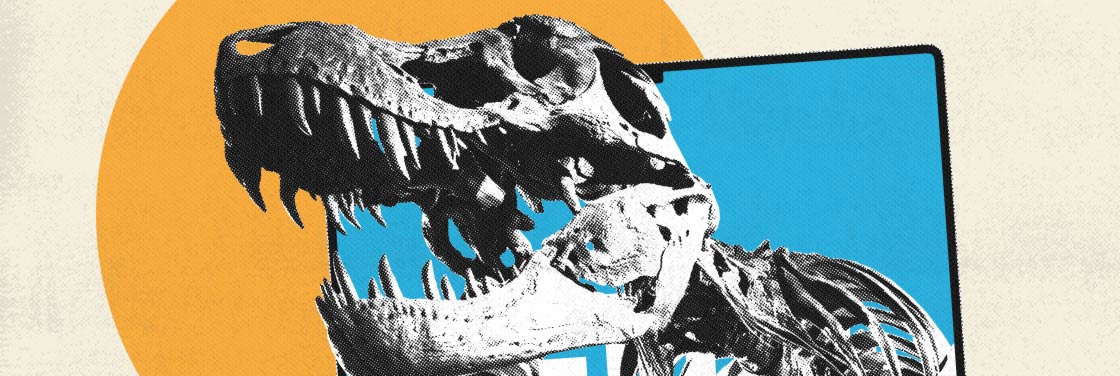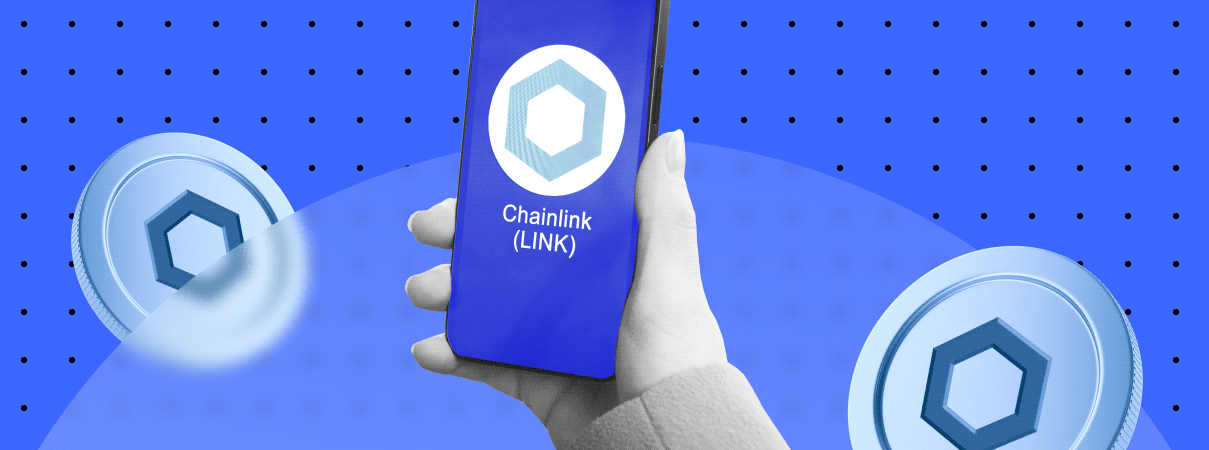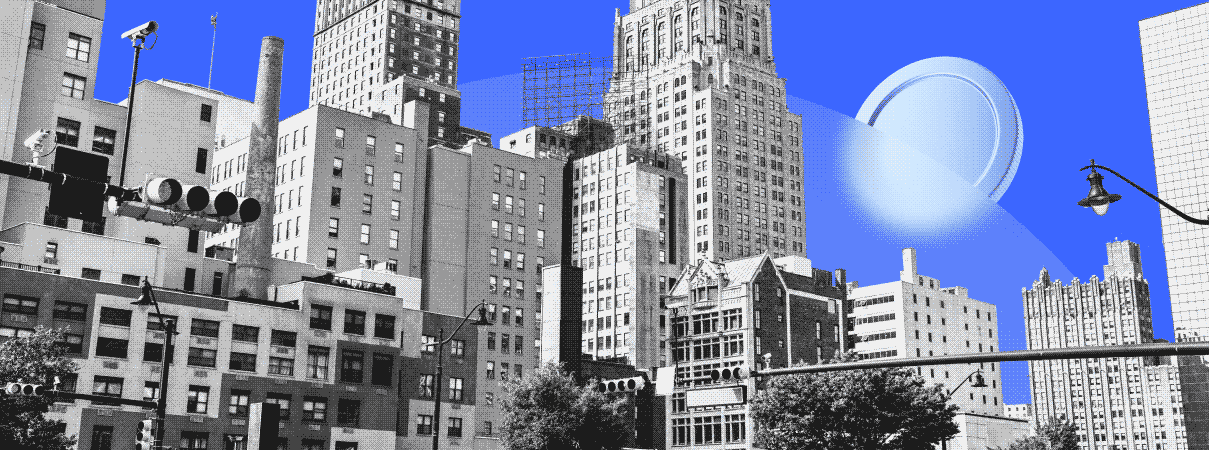Researchers introduced a new model of an authentication service for cultural artifacts based on blockchain and NFTs, which can protect collections and create an immutable database of cultural artifacts.

Adel Khelifi, Computer Scientist at the University of Abu Dhabi, and Mark Altaweel, Archaeologist at University College London, developed a blockchain tool called Salsal or Agur, which allows museums and collectors to verify the authenticity and provenance of antique artifacts.
The service creates a transparent and reliable history of a collection’s provenance, enables authenticity verification, and eliminates the risks of using stolen artifacts. In addition, Salsal promotes the accessibility of cultural objects to a wide audience.
Salsal’s core capabilities are:
- Museum representatives or private collectors can submit information about a collection on the platform, after which several experts will assess whether the collection was acquired in a legal and ethical manner and confirm its authenticity.
- If the authenticity of the collection is confirmed, its owner can receive an NFT certificate that will then serve as an authentication tool. Thus, when the collection is sold, the technology will provide a secure transfer of ownership and track the collection’s movement.
- The platform will allow everyone to get access to cultural values, providing an opportunity to view collections in virtual space.
According to the project authors, Salsal can be used to create a global database of antiques, thanks to which it’ll be possible to track the path of artifacts from their original location to the museum, auction house, or the home of the collector. This could prevent the illegal sale of artifacts and also encourage collectors to recover stolen items. However, the success of Salsal directly depends on the collectors themselves, who must be incentivized to use the platform.
Blockchain technologies are getting more and more applications in various spheres. Thus, they’re recognized as one of the innovations that have the potential to solve all the problems of the traditional education system. Moreover, the technology is already actively used for the authentication and verification of digital documents.









